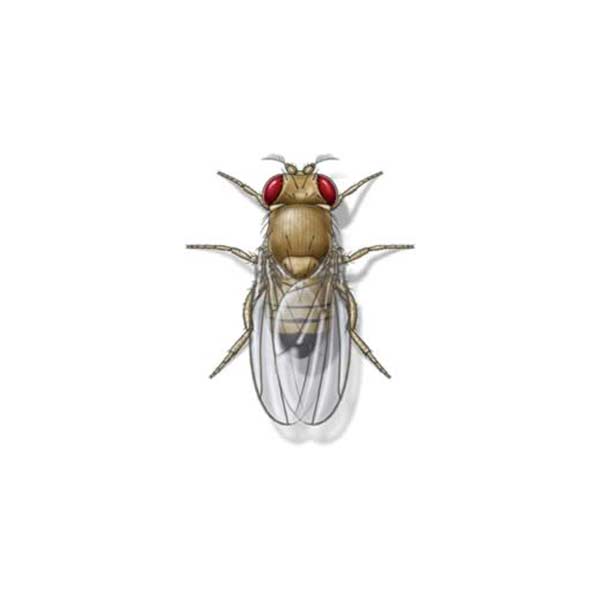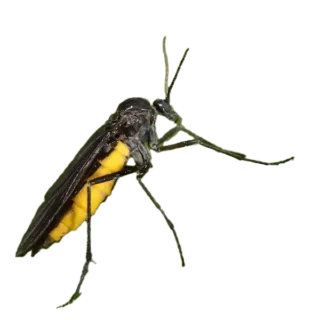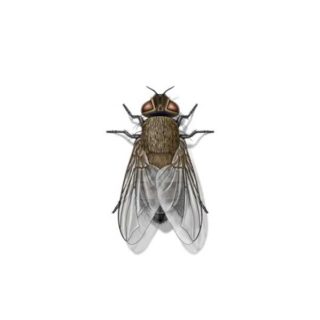Fruit Flies in Cleveland
There are over 177 species of fruit flies in North America, with eight species prevalent in the United States. The scientific name Drosophila translates to “lover of dew,” indicating their need for moist environments for reproduction. Often referred to as fruit, vinegar, or pomace flies, they are frequently confused with other small indoor flies. As vectors of disease, fruit flies consume bacteria and sugars from rotting foods and are commonly seen near fruit bowls, wine glasses, and garbage. Active during warm weather, fruit flies can develop from egg to adult in less than a week when temperatures are between 80° and 89°F.
Fruit Fly Habitat
Fruit flies can easily slip through standard insect screens and are frequently seen in homes, restaurants, fruit markets, bars, salad bars, and other locations with fruits and vegetables. Some favorite locations of fruit flies include the accumulated sludge that sticks to the bottom of garbage cans, the “gelatinous scum” that builds up inside of floor drains, a rotten piece of fruit or vegetable that is stuck on the floor under a work table, the loose floor tiles under a dishwasher or sink, a dirty mop that is stuck in a closet, and the drain pan under a refrigerator.
Fruit Fly Behaviors, Threats, or Dangers
Fruit flies do not sting or bite like some other insects. They do not have biting mouthparts. While they are mainly a nuisance, recent research has shown that they can transfer E.coli, Salmonella, and Listeria to surfaces and spread E.coli from contaminated sources to fresh food. Though they spend most of their time searching for fermenting foods, fruit flies also land on dishes, utensils, glasses, and toothbrushes. Eating or drinking from these contaminated items exposes you to bacteria carried by the fruit flies.
If you are dealing with a fruit fly problem on your property, contact your local fly exterminators.
Need help with Fruit Fly control?
Need Pest Control Service?
Leave your information below and we’ll be in touch with a FREE quote!
"*" indicates required fields
*During normal business hours. After hours calls will be returned the next business day.



